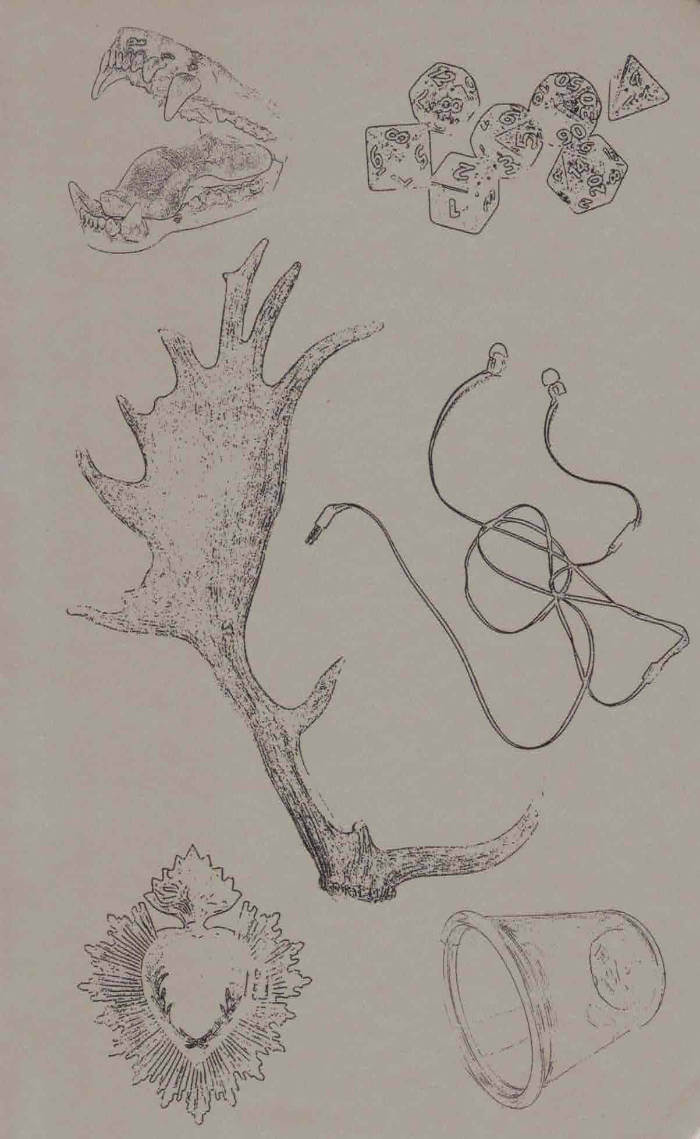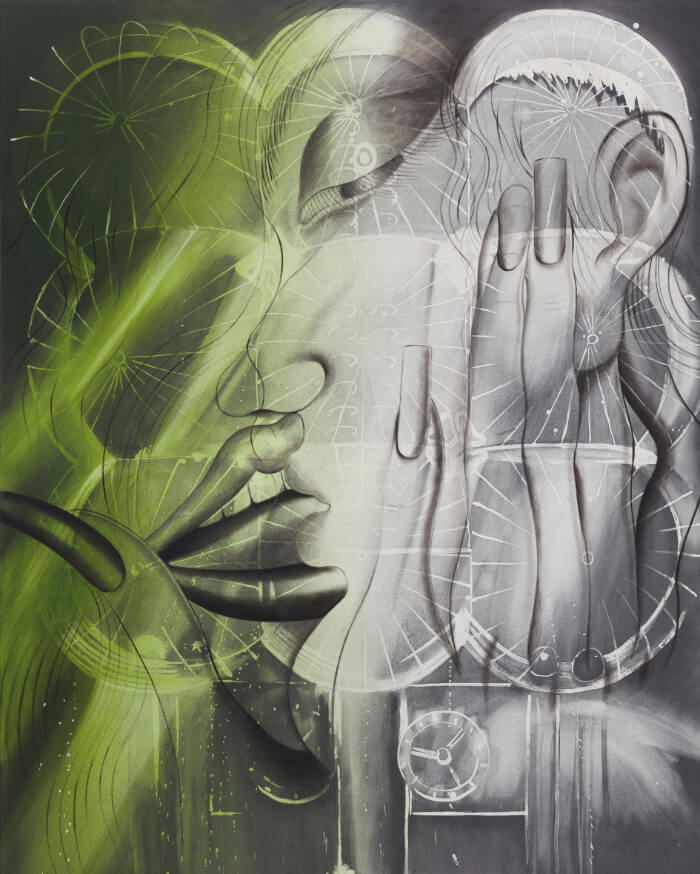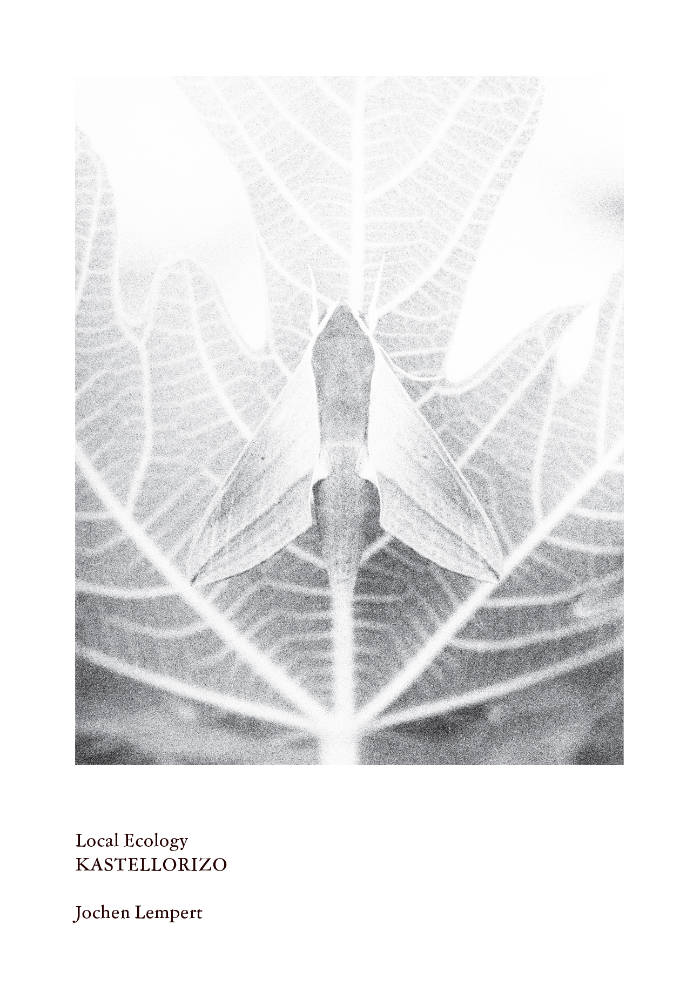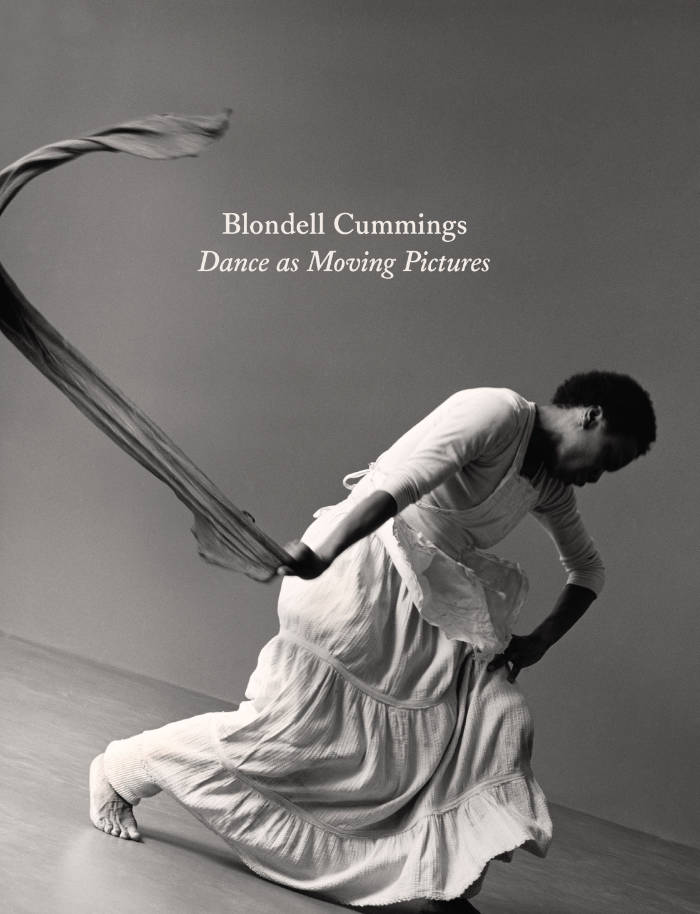
to enter the forest
to enter the forest is an invitation to suspend the acquired systems of knowledge, to look for other ways of “world making.” The book includes a revised and extended version of to err together with the unpublished correspondances.
to err gathers walking exercises and notes, created as instruments for choreographic composition, but practicable by anyone, to put one’s perspective about self and what is other to self, as well as the relations between things, even beyond the human, into question.
correspondances is an ensemble of writing exercises through which to investigate the system of consciousness around verbal language, asking ourselves what words mean from a slightly shifted perspective.
The publication is coproduced by a.pass, nadine, Buda Art Centre, Indisciplinarte, Flanders State of the Art.
lucia palladino is a transdisciplinary artist and researcher in the fields of performance, choreography, and dance. Her practices consist in the elaboration of forms of resistance to notions of identity and ownership naturalized by history and by culture, that define our knowledge and expectations and that need to be undone in order to make space for meeting.







